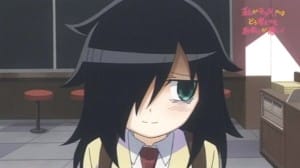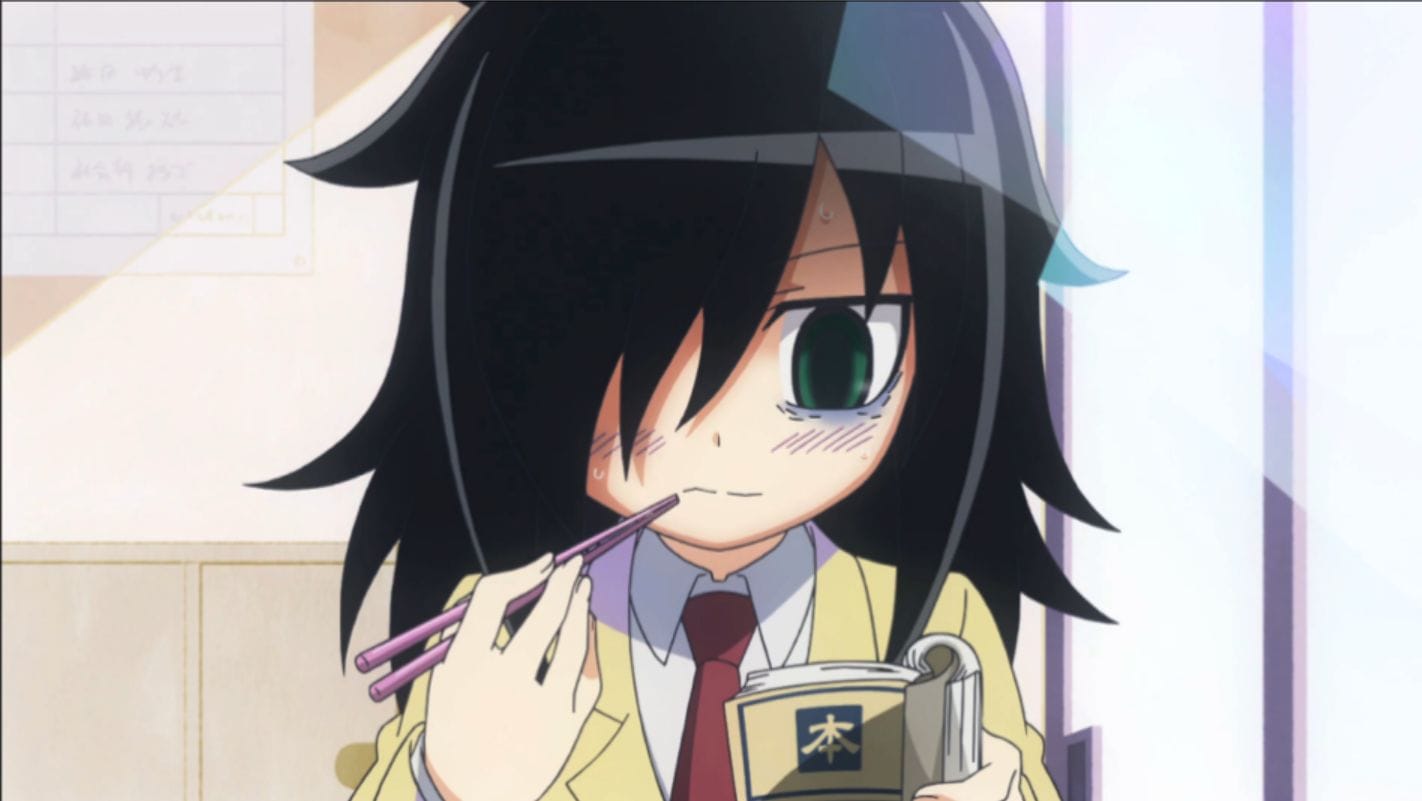 As many of you know, I’m a bit of an old fart when it comes to anime. Out of habit, streaming services like Crunchyroll, Anime Network, and FUNimation’s streaming site tend to to fly under my radar as I feed discs into the Blu-Ray player. It’s not out of malice or spite, mind you. I actually support the fact that digital formats are making anime cheaper and easier to legally obtain and enjoy. However, while I’ve flirted with these services, I’ve rarely had much desire to go out of my way to rifle through them. It wasn’t a matter of distribution or quality, but of content. There simply wasn’t something that grabbed me and said “you have to watch this here, now, and you’d better block off this hour every damn week because there’s more of it coming!” In short, I was convinced that, in order to join the simulcast nation, I’d have to be dragged kicking and screaming into it.
As many of you know, I’m a bit of an old fart when it comes to anime. Out of habit, streaming services like Crunchyroll, Anime Network, and FUNimation’s streaming site tend to to fly under my radar as I feed discs into the Blu-Ray player. It’s not out of malice or spite, mind you. I actually support the fact that digital formats are making anime cheaper and easier to legally obtain and enjoy. However, while I’ve flirted with these services, I’ve rarely had much desire to go out of my way to rifle through them. It wasn’t a matter of distribution or quality, but of content. There simply wasn’t something that grabbed me and said “you have to watch this here, now, and you’d better block off this hour every damn week because there’s more of it coming!” In short, I was convinced that, in order to join the simulcast nation, I’d have to be dragged kicking and screaming into it.
Then came WataMote.
 For the uninitiated, WataMote, short for “Watashi ga Motenai no wa do Kangaetemo Omaera ga Warui!” (No Matter How I Look at It, It’s You Guys’ Fault I’m Not Popular!), is a slice-of-life comedy of an unconventional sort. The series revolves around Tomoko Kuroki, a young lady entering her first year of high school. Tomoko is, by all rights, a textbook otaku. She spends her nights playing dating sims, reading manga, or watching anime until the wee hours of the morning (and has the textbook eye-bags to boot!). Her playlist includes things like “pretty boys talking dirty,” though she’ll never admit it. And, like most superfans, Tomoko likens everything to gaming and anime, as she inserts herself into empowering fantasies that portray her as models, hostesses, and even expert assassins as she goes through her days. She’s cynical, quietly vindictive, and expresses utter disdain for “normal” girls who, in her tweaked mind, tart themselves up for a chance to get lucky.
For the uninitiated, WataMote, short for “Watashi ga Motenai no wa do Kangaetemo Omaera ga Warui!” (No Matter How I Look at It, It’s You Guys’ Fault I’m Not Popular!), is a slice-of-life comedy of an unconventional sort. The series revolves around Tomoko Kuroki, a young lady entering her first year of high school. Tomoko is, by all rights, a textbook otaku. She spends her nights playing dating sims, reading manga, or watching anime until the wee hours of the morning (and has the textbook eye-bags to boot!). Her playlist includes things like “pretty boys talking dirty,” though she’ll never admit it. And, like most superfans, Tomoko likens everything to gaming and anime, as she inserts herself into empowering fantasies that portray her as models, hostesses, and even expert assassins as she goes through her days. She’s cynical, quietly vindictive, and expresses utter disdain for “normal” girls who, in her tweaked mind, tart themselves up for a chance to get lucky.
But at the same time, she’s a bit of a mess outside of her world. In public, Tomoko’s a gawky, introverted mess that can barely mumble “goodbye” to her teacher on the way home from school. Her family is the only human contact that doesn’t put Tomoko into a panicked stupor, and she’s determined to fix that, god damn it! Somehow, someday, she’s going to become a regular social butterfly! Oh, but first, she has to make a few new friends. And deal with the fact that her one friend in middle school changed so much. And… well.. damn. That’s not exactly easy, is it?
As one would expect, the show revolves around Tomoko’s quest to be accepted by a world that she’s afraid to join. Tomoko’s misfortunes become fodder for jokes and emotional moments alike, as she is led through the various challenges that everyone’s faced in high school. From gym class, to the awkward classmate sightings at McDonald’s, Tomoko’s pain becomes a conduit for the viewer’s delight.
Some have argued that the show is “mean-spirited” and cruel. And, to be honest, it is on some levels. The show borrows heavily from the Mel Brooks school of thought: “tragedy is when I cut my finger. Comedy is when you fall into an open sewer and die.” Every failure on Tomoko’s part becomes fodder for the joke machine. Whether it’s Tomoko walking home in shock while carrying a back massager and an erotic PS3 game, or her overblown threats to do herself in when talking to her brother, everything is played up for yuks.
However, the real beauty behind the show is just how much it turns the mirror back on the viewers. The stories are penned by a person who’s clearly been through the trials of a high school outcast. Those who’ve been through the solitary high school life will cringe, as her struggles hit home. Her loneliness, her inner monologues, her hopes for grandeur, they all feel too real. And, as she slowly comes out of her shell, and makes the effort to actually join the world around her.
Shows like this aren’t new. We’ve seen titles turn the focus back on the viewer for as long as anime has been a thing. Otaku no Video, Genshiken, Welcome to the NHK, and countless others have employed the technique, as they try to deliver a critique on a subculture or a perceived societal ill. Those that can pull it off are showered in praise and adoration by viewers, while those that don’t become fodder for bargain bins and bad anime nights.
While we’re only halfway through the series, WataMote is shaping up to be a rare treat. It’s a show that can make a person laugh at one moment, and cringe the next. At this point, though, all we can do is hope the momentum doesn’t quit. A decline in quality at this point could cause the show to decline in mindshare, only to become a blip – a flash of brilliance that simply didn’t work out.












